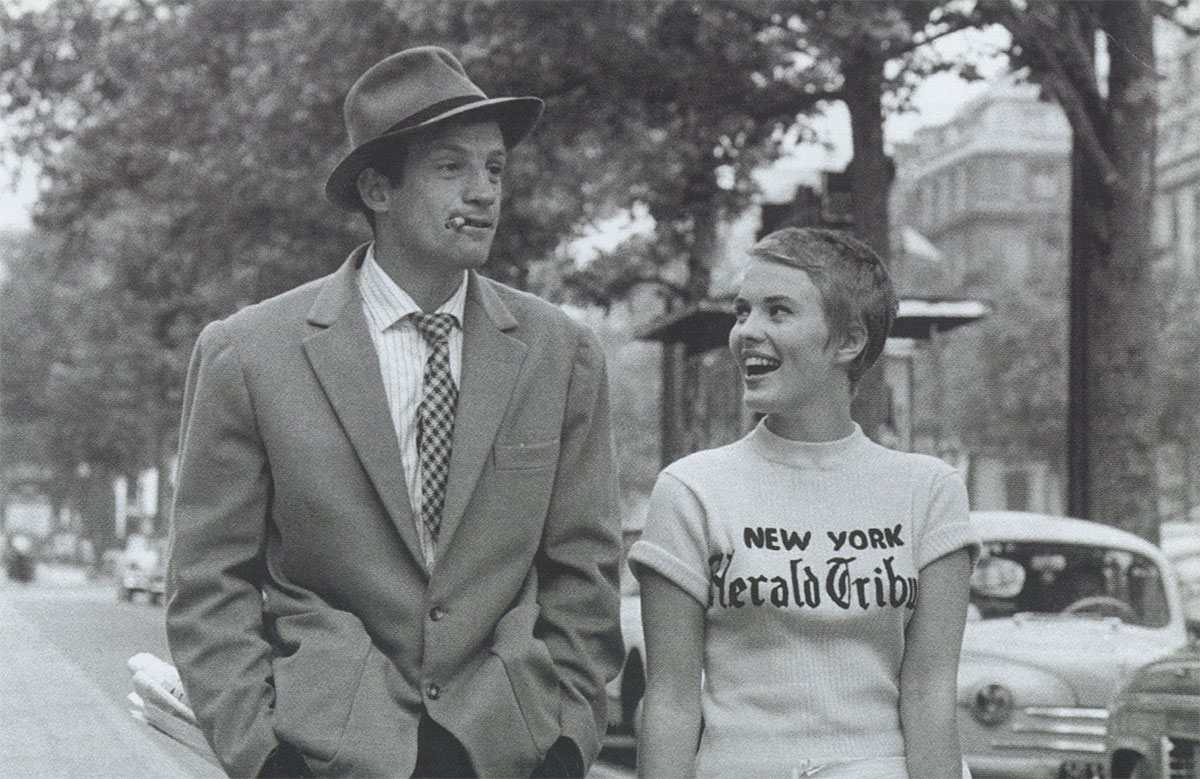2 December | 17.00 | Cinema Eliseo
The exhibition will be open to the public from December 2nd to December 8th, from 4 p.m. to 7 p.m.
IMAGES FROM NOUVELLE VAGUE
Nouvelle Vague emerged when some critics and filmmakers started making movies – François Truffaut (Les Quatre Cents Coups, 1959), Alain Resnais (Hiroshima mon amour, 1959), Jean-Luc Godard (À bout de souffle,1960) – all connected to the “Cahiers du Cinéma”, founded in April 1951 by André Bazin. Sixty years later, this exhibition is a tribute to the movement which – also thanks to the new waves of other national movements – contributed to renewing world cinema in the name of modernity. Despite Truffaut’s joke – “I see only one thing in common among young filmmakers: they all play slot machines systematically, while old film directors prefer cards and whiskey” – the “politique des auteurs”, the role of decoupage, the preference for outside locations, and small budgets were not enough to give life to a common aesthetic, but they were certainly recurring elements that many of new filmmakers shared. While we are not trying to make history with a dozen photographs, we think it could be interesting to propose, after the three famous early titles, a small selection of films from the following decades, intended as little more than a test to see some of the most famous filmmakers concretely at work: from Jacques Demy (Les Parapluies de Cherbourg, 1964) to Agnès Varda (Le bonheur, 1965), from Éric Rohmer (La Marquise d’O,1976) to Louis Malle (Atlantic City, USA, 1980), from Jacques Rivette (La Belle Noiseuse, 1991) to Claude Chabrol (La cérémonie, 1995), to relive the myth of the Nouvelle Vague in a flashforward. How can we forget André Bazin who, after having profoundly renewed the panorama of film criticism, died at forty on November 11, 1958? We remember him toward the end of the exhibition together with Jean Renoir and Roberto Rossellini, two fundamental points of reference.

